Best Laptop Buying Guide World Wide For Save Money is a fine collective approach towards the buying guide of your actual requirements of laptop. Because now a days electronics market just ride the entire consumer market and every hour some new laptop come in market with some new features and best buying deals. So, here i would like to create best laptop buying guide with some interesting check technical features of laptops which are very common in now a days and you have to look and note down with summary what actually you require and need to taken care or concentrate at the time of laptop buying. In this laptop buying guide, I am try to cover all useful features which may some how affect your total buying bill and help in save money from your pocket. Select wisely one by one features from this laptop buying guide and go ahead.
Save Money with Best Laptop Buying Guide

While most laptops are powerful, manufacturers make a wide variety of machines to suit every user’s needs. Depending on your need, there are factors to consider before you can decide on the specifications that will be most suitable for you. Lets start with our money saver Laptop Buying Guide,
Laptop Processor
The processor, also known as Central Processing Unit or CPU, is the hardware that allows software, programs and apps to run on a computer. Every task that the computer does requires processing power.
A powerful processor can multitask, run larger or more complex software, and also handle larger files easily.
Processors also have multiple cores – up to 8 cores on a single high-end processor can handle multiple programs more efficiently than single- or dual-core processors.
There are two major manufacturers of multi-core processors – Intel, with its range of Core i3, Core i5, Core i7 and Pentium processors, and AMD’s APU processors.
Types of Intel processors:
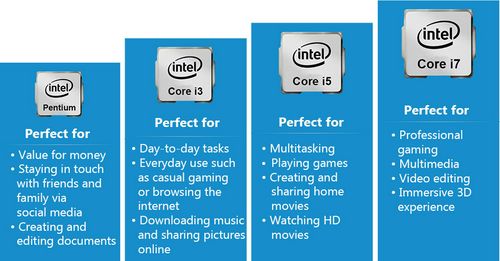
Types of AMD processors:
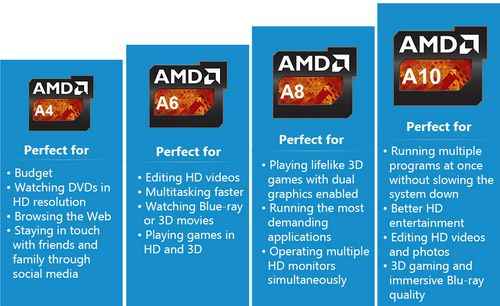
Operating System (OS)
- Check this ‘SHAREit : Wirelessly Transfer Large Files between any Device, Anytime, Anywhere work any Device’
Apple Mac OS X
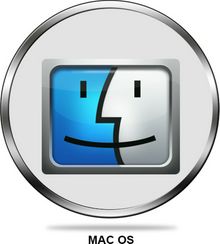
Features:
- Great user interface
- Applications run smoother
- UNIX-based code makes the OS more secure
- Exclusively installed on Apple computers
- Limited choice of applications
Windows OS
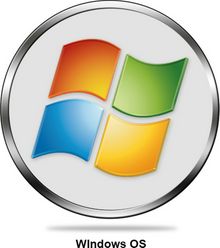
Features:
- Most widely used
- Compatible with most hardware and software
- Supports third-party programs
- User interface can be customized
- Win8 : Touch screen
- win7 : No touch screen
- Win8 : faster boot and copy-paste function
- win7 : win8 comparatively slower boot and copy-paste function
- Not free os
Linux OS
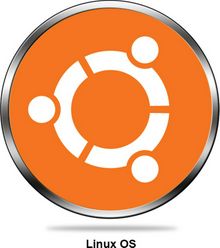
Features:
- Stable
- Compatible with most hardware and software
- Good for servers
- Free and paid os
FreeDOS

Features:
- Free
- Any other operating system can easily be installed along with DOS
- Can be time consuming to understand as it is not a graphical interface.
Chrome OS
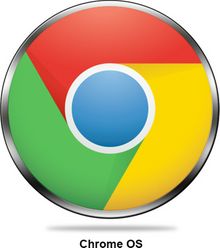
Features:
- Available only on Chromebooks
- Limited offline capabilities
- Web-based applications
While Windows and Mac are the most popular choices, Google’s Chrome OS works well for users who don’t require many offline features.
Ubuntu has also gained popularity over recent years. In addition to being a free OS, Ubuntu also delivers flexibility, as you can run most Windows programs on it. Read more about ‘Make Dual functional phone by Installing Ubuntu on Android Device’
RAM
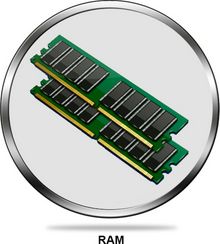
| User Type | Primarily usage | Ideal RAM (GB) |
| Basic users | Browsing, email, social media, multimedia, MS Office | 2 to 4 GB |
| Intermediate users | All of the above, plus editing photos and videos | 6 GB |
| Advanced users | Run several programs at once and play games | 8 GB |
| High-end users | High-end gaming and graphics design. | 12 GB and above |
Graphics Card:
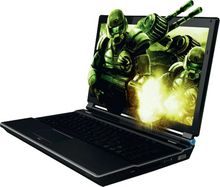
A graphics card controls the display on your laptop. A powerful graphics card can render videos and graphics-intensive games easily, making them suitable for power users such as professional gamers or programmers.
There are two kinds of graphics cards – integrated graphics cards, which are built into the system’s main board, and dedicated graphics cards, which are separate units. Dedicated graphics cards, with up to 3 GB graphics memory, usually perform better than integrated ones.
For users who don’t play graphics-intensive games, edit videos or edit images, an integrated graphics card is ideal.
Picking the ideal graphics card:
| Type of user | Usage | Ideal Graphics Card |
| Basic users | Everyday use like browsing the web and multimedia | Integrated graphics card |
| Intermediate users | Graphics-intensive tasks such as gaming and image editing | Dedicated 1GB |
| Advanced users | Better frame rate, gaming experience or video editing. | Dedicated 2GB |
| High-end users | Professional gaming, animation, 3D rendering | Dedicated 2GB and above |
Screen Size Idea for laptop:
If you want to watch movies or videos, or play games, opt for a bigger screen. Though larger laptops with big screens usually have less battery backup and are bulkier, making them comparatively less portable, they are better in terms of performance.
- Know more about ‘How to Setup Parental Control in Windows 7 to Restrict Users’
Ideal screen size:
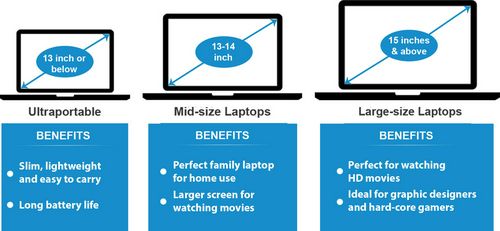
Laptop screen aspect ratio:
Aspect ratio refers to the width and height of the screen. 16:9 would mean 16 units wide and 9 units high, indicating the common wide screen. 4:3 or 5:4 would be much closer to a square display.
Aspect Ratio Ideal for:
16:9 Multimedia users, hardcore gamers, graphic designers
4:3 Frequent travelers and everyday users
List of Laptop Types:
Variants such as Netbooks, Ultrabooks, Notebooks and Hybrid laptops cater to users’ different needs.
Netbook:
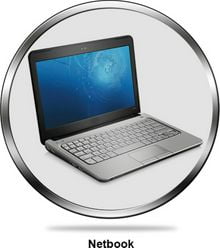
Usually small and lightweight, these portable laptops vary in screen size from 10 to 11 inches. They have no optical drive and are ideal for budget users and students.
Ultrabook:
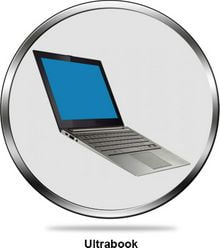
Ultrabooks are slim, stylish and lightweight. They have high-end configurations and some may even have touchscreens. Ideal for travelers and advanced users.
Notebook:
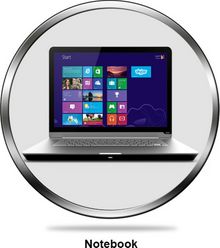
These perform all the functions of a desktop. They come in mid- and high-end configurations, with large hard disk capacities. These systems are built to meet entertainment and graphics-intensive requirements.
Hybrid Laptop:
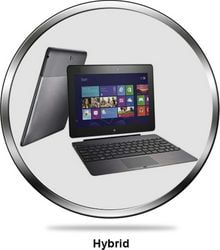
Hybrid laptops can also be used as tablets as their touchscreens are detachable. Usually small in size, lightweight and portable, these laptops have screens that vary from 11’’ to 15.6’’.
The added portability of these laptops makes them ideal for frequent travelers who are looking for a mobile device that is powerful.
Touch Screen:
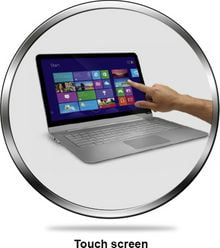
Touch screen laptops are intuitive. They make computer interfaces simpler. Just as you would on a smartphone, you can tap to select, hold and drag to move items, swipe to scroll and pinch to zoom. This feature is currently available on select Windows laptops and select Chrome books.
Storage:
This is where all saved files are stored. Hard Disks vary by storage capacity – from 60 GB to 1.5 TB (1 TB is 1024 GB). If you plan on storing many files that take up a lot of space, consider a hard disk with a larger capacity.
Note : The usable storage capacity of disks will vary depending on the OS installed. Usually, a part of the drive’s space is dedicated to the OS and hardware drivers. For example, a 500 GB drive is equivalent to 1,00,000 images or 38 hours of video files or as many as 1,25,000 music files.
HDD or SSD:
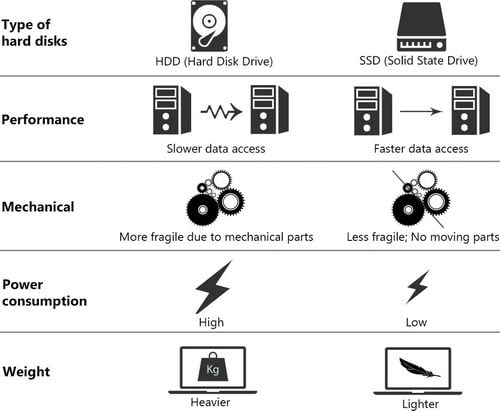
In addition to these, there are Hybrid Drives that combine the capacity of a hard disk with the speed of a solid-state disk.
You may also like to read about,
- DIY Tips for Best way to Save Money on Electric Bill.
- Easy way to Power saved is Power Earned-Money saved Money Earned.
- You are losing money If you don’t know Super Built up Area.
- The 5 Biggest Antivirus Software Blunders in 2015 that Safeguard Your Computer.
- How to select a WiFi Router for Business – Read before Pick your Choice.
- Easy and Useful Guide for Protect Online Information.
So, Friends this is our basic but best laptop buying guide for best suitable for your requirements. This laptop buying guide tactics defiantly save your hard earned money.
At, this point if you have any suggestions or additions in this laptop buying guide which is use full world wide in any country, put your suggestions bellow comments for betterment of this laptop buying guide.







Leave a Comment
You must be logged in to post a comment.